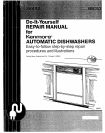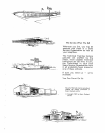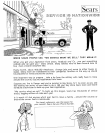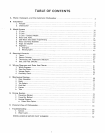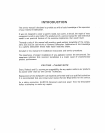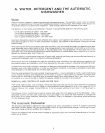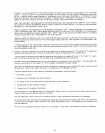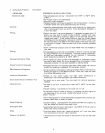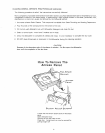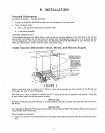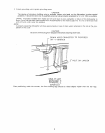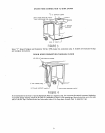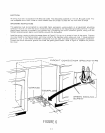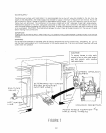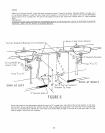
Sudsing- You are familiar with the mountains of suds that result from using the wrong detergent in an automatic
washer A similar problem in an automatic dishwasher can be caused by using improper detergents, using solid
jet dry. a leaking wetting agent dispenser or excessively tow or high water temperature A complaint of poor
cleaning of dishware may accompany this problem Sudsing leaks in a dishwasher will usually occur at the door
gasket or the blower housing On hard to find leaks, suspect sudsing and check the following:
Use a fresh detergent made especcal/y for automatic d_shwashing. Such detergents are labeled on each container
for automatic or electric dishwashing When in doubt, consult the Owner's Manual; i1 contains the recommended
detergents, or use recognizable major brands
Water temperature recommended on most detergent packages is 140° if water temperature is extremely low
(120 °) or extremely high (180°}, then sudsing will surely occur For best results from detergent and wetting agent
liquid, water temperature should be between t40 ° - 150°F Solid jet dry should be avoided except if you should
choose to place the jet dry in dishwasher for the final rinse only
Hand pre-washing of dishware with .Joy or other such dishwashing liquids or soaps prior 1o loading can cause ex-
cessive sudsing since this liquid may not be thoroughly rinsed away and, ,when agitated in the dishwasher, can
cause sudsing
A malfunctioning of the wetting agent dispenser mechanism which would allow excessive amounts of liquid jet
dq,' to be released in the rinse or wash may also cause excessive sudsing Each injection of wetting agent liquid
should be approximately 8cc
Etching - Etching of glassware is the result of soft glass and an alkaline compound. The surface of the glass has
actually been destroyed and no amount of rubbing can restore the glassware to its original state
A quick check for etching can be made by scratching the surface of the glass with a pin If the "stain" or "spott-
ing" (white film) can be removed, the condition is an undesirable film but not etching
Permanent etching of glassware can in no way be caused by the operation of the dishwasher The dishwasher can
only be a contributor to the problem if it is not properly circulating the water charge
Make sure the dishwasher is operating normally and there is an adequate supply (volume) of water to insure a good
fill each time Check to be certain the water is circulating and the detergent is fresh
There are several factors which cause or contribute to permanent (etching) staining
1 Extremely hot water
2 Excessive use of detergent for water condition
3 The water ts soft (0 to 4 grains hard, either naturally or thru a softener)
4 Composition [mineral makeup] of water
5 Composition of the glasses themselves
Softened water is more detrimental than naturally soft water We do not imply that the water softener be re,-
moved There may be a definite need for a softener
We can elfectively control only two of the above factors; wa[er temperature and amount of detergent.
We recommend when etching is encountered that water temperature be set no higher than !40°; and a reduction
in the amount of detergent used, consistent with good dishvvashing results One tablespoon per detergent cup
may be adequate
This may not completely eliminate etching, but it wilt help 1o slow down the process of etching of glassware



